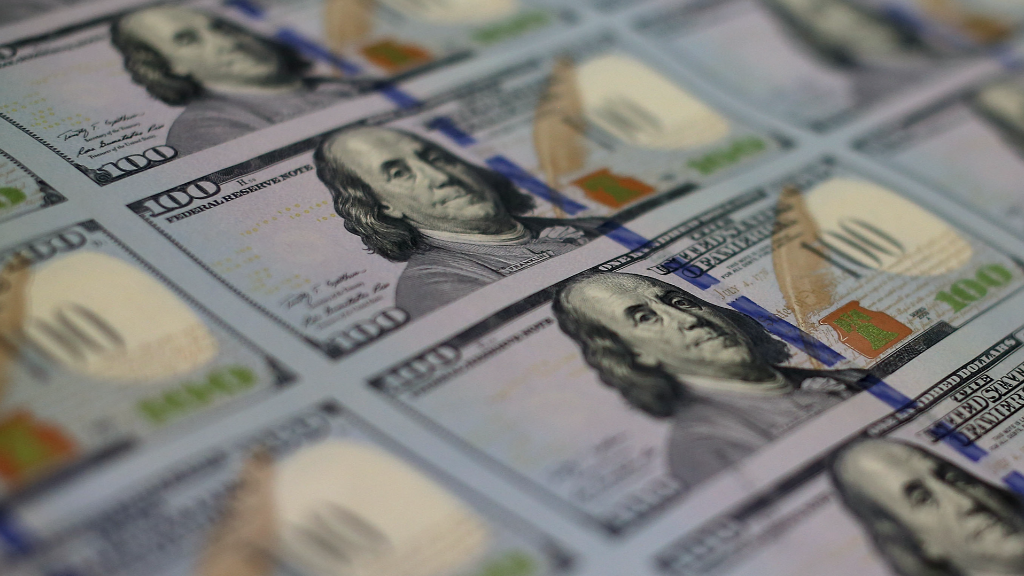
When it comes to investing, there are very few sure things in the market. Indeed, the general rule is that the more certainty you want in the rate of return you receive, the lower the rate of return you need to accept in exchange for that higher certainty.
Despite that reality, there is one very easy option available to many people that will enable them to double their money by investing it.
That easy way to double your money? Invest in your Traditional 401(k) plan (or your employer's equivalent) at work. If you have a decent match on that plan and benefit from the tax deduction you get from investing in the plan, you can potentially turn $1 of spending money into $2 of investments, just by contributing.
Three simple steps to double your money
Step 1: Invest in your Traditional 401(k) plan.
To double your money this way, you need help from two places: your boss and Uncle Sam. While both may very well be willing to help you out, they'll only do their part if you do your part first. By putting money in your Traditional 401(k) plan, you reduce your taxable income for the purposes of federal income taxes. Also, by putting your money in that plan, you qualify for any matching contributions your employer may offer.
Related: How much house can you afford?
Step 2: Accept your employer's matching contribution.
Though 401(k) plan matches vary from company to company, a very common match level is 50% of an employee's contribution, up to some cap based on that employee's salary. To get that match, though, you first must contribute your own money. You have the opportunity to potentially double your money for up to as much as your employer will match, though you might be able to contribute more to your plan to build your wealth that much faster.
Related: How much will that college really cost?
Step 3: Pay less in taxes.
When you get your W2 from your employer to file your taxes, your wages in Box 1 will be reduced by the amount you contributed to your Traditional 401(k). By lowering that starting point for your income, your taxes are reduced compared to what they'd be if you hadn't contributed to your 401(k). If you're in the 25% marginal tax bracket, that's $25 back in your pocket for every $100 you contributed throughout the year.
Put all three of those steps together, and your results could look something like this:
You contribute $1,000 to your Traditional 401(k) plan.
Your employer contributes $500 as a 50% match on your investment, which brings the total invested on your behalf to $1,500.
When you file your taxes, your $1,000 contribution is excluded from your taxable wages. If you're in the 25% tax marginal tax bracket, that saves you $250 in taxes.
Related: When will I be debt free?
You do the math and realize that the $1,500 now invested in your 401(k) only cost you $750 in otherwise spendable money, doubling the money you've got working on your behalf.
What should you do with your invested 401(k) money?
While those three steps are enough on their own to potentially enable you to double your money, making an initial investment in the plan is just the first stage of building your wealth. Once it's socked away, it needs to be put to use in a way that it can potentially increase in value for you. Typical 401(k) plans only allow you to invest in mutual funds or exchange-traded funds. Even with those restrictions, you may very well have some great options to choose from.
Related: How fast will my savings grow?
If you're several years or more away from retirement, look for low-cost, stock-focused investments, like S&P Depository Receipts (NYSEMKT:SPY). The S&P Depository receipts attempt to track the S&P 500 index -- which consists of 500 of the largest publicly traded U.S. companies -- and it does so with a tiny 0.09% expense ratio. That Exchange Traded Fund and many other S&P 500 index trackers give you broad U.S. market exposure at a very low cost, creating a great opportunity to build wealth over time.
As you get closer to retirement, it becomes important to shift the money you'll need to spend in the next few years into shorter term assets with higher certainty than stocks. You'll be giving up the higher potential returns that stocks offer, but you'll have a greater chance of that money actually being there when you need it.
Vanguard's Short Term Bond ETF (NYSEMKT:BSV) invests in U.S. Government bonds with one- to five-year maturities and also carries a minuscule 0.09% expense ratio. While the Short Term Bond ETF won't make you rich with its mere 1.12% yield to maturity, its low risk assets should help you be assured that the money you need to spend in the near future will really be there for you.
The money is only there if you take advantage of it
Very few investments in life offer you the potential to double your money as easily as you can by investing in your Traditional 401(k), accepting your employer's match, and watching your contribution reduce your taxable income. If that opportunity is available to you, the sooner you start taking advantage of it, the more quickly it can help you build your nest egg. But remember, two times zero is still zero. You have to take the first step and contribute to get the rest of the money headed your way.
Sponsored content from The Motley Fool:
• 5 Years From Now, You'll Probably Wish You Grabbed These Stocks
• Kansas Man Turns $10,000 into $8 Million
• Shark Tank Just Revealed a Trillion-Dollar Idea
Even if your personal circumstances are such that your tax rate and employer match won't let you double your money quite that easily, take a good look at the retirement plan you have available at work. You just might find that the features it offers you still give you an incredible toolset to help you fund a comfortable retirement. Still, in order to get yourself on that path, you need to take the first step and participate in the plan. So get started now, and improve your chances of a more comfortable future.
Chuck Saletta has no position in any stocks mentioned. The Motley Fool has no position in any of the stocks mentioned.


